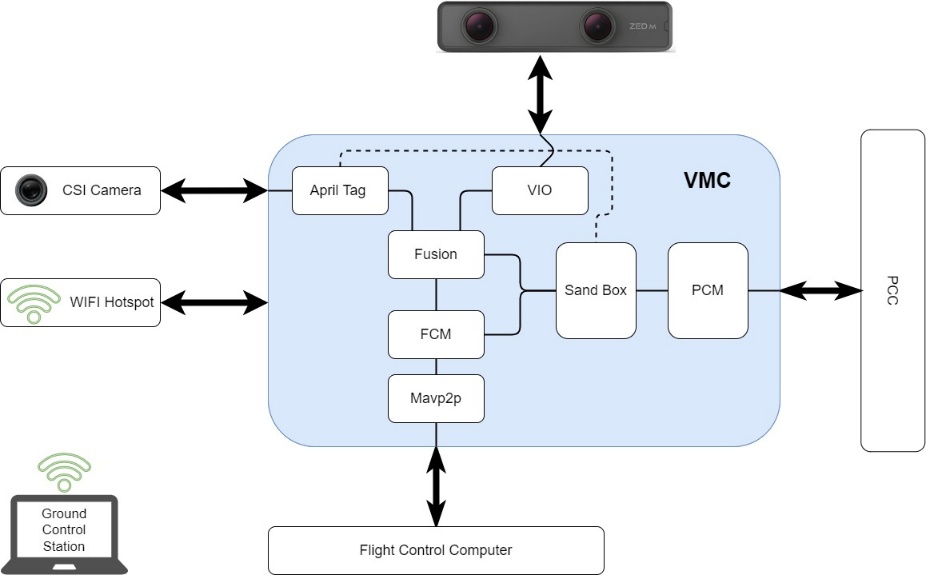Architecture
2 minute read
General
The software for AVR is designed around a pub/sub messaging system to exchange data throughout the system. This allows software modules to operate independently of each other, and to communicate with each other over a network.
A pub/sub messaging system is a system that allows clients to publish data to “topics” and clients can subscribe to incoming messages on defined topics. Think of how email works for example. You sending an email to someone is like publishing data to a topic (their email address), and you subscribe to all messages on a topic (your email address). However, a pub/sub system allows multiple clients to subscribe to the same topic.
With that in mind, the core principles of AVR software architecture are as follows:
- Data exchange must happen through the MQTT broker.
- All MQTT data must be JSON encoded.
- All modules are run as containers.
Because of all of the hardware components of AVR (PCC, FCC, thermal camera, etc.), what this generally means is that each module acts as a hardware to MQTT adapter. For example, the FCM module publishes telemetry data over MQTT and feeds fake GPS data from MQTT to the FCC.
This modular, open system makes it simple to add new modules or functionality to AVR. The GUI for example is 100% based on consuming MQTT data.
Modules
Here is a description of the modules in AVR and what they all do.
Module Flowchart
Browse the modules under AVR-VMC/modules to learn more about what each one does.
←Previous Next→
